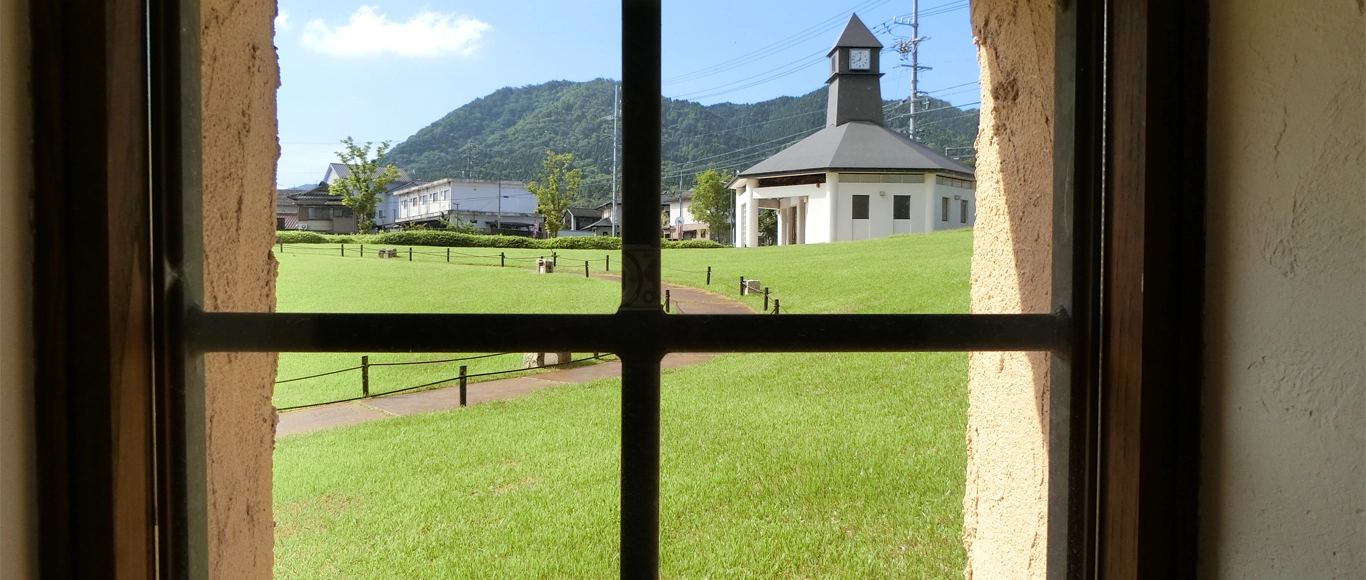
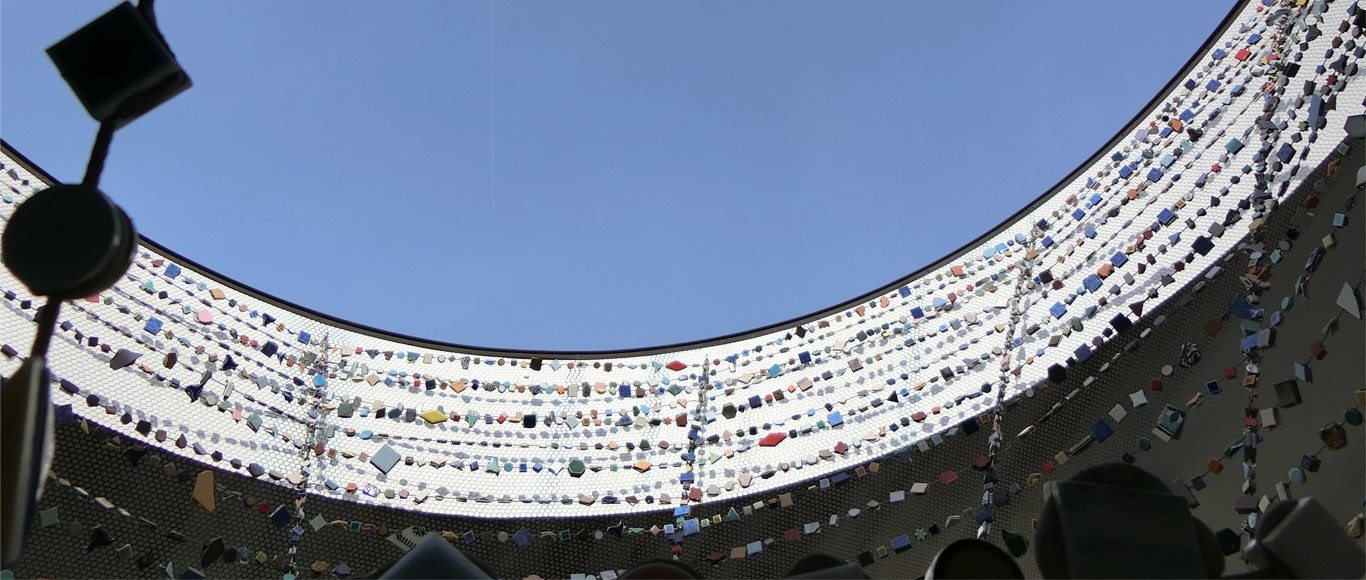
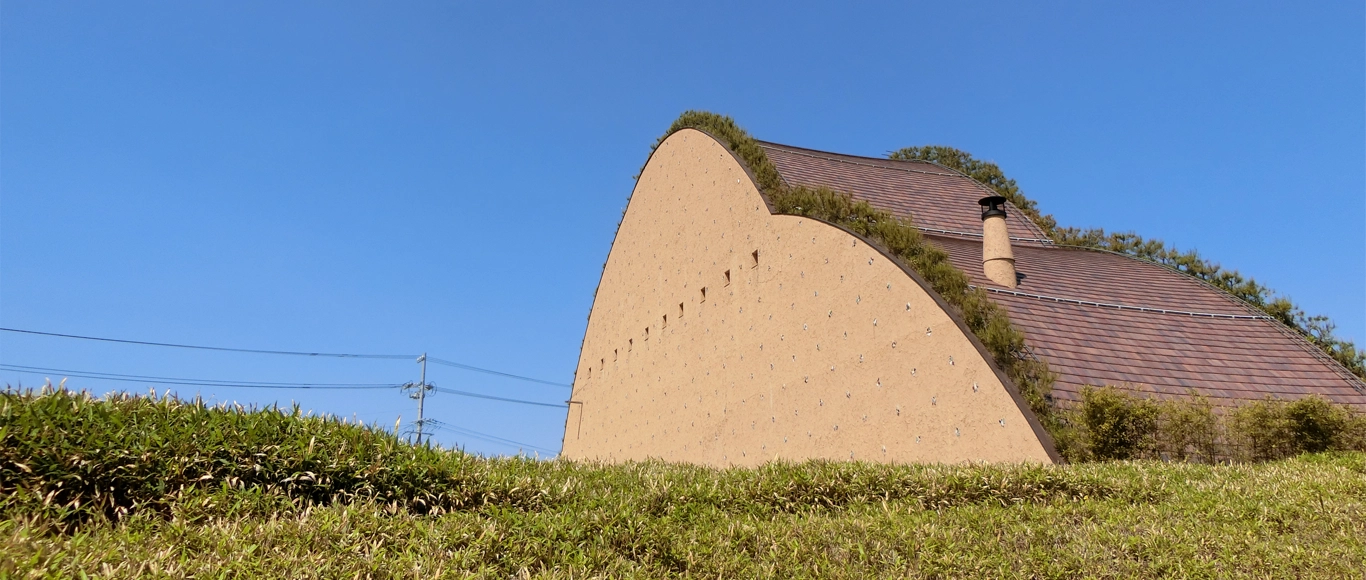
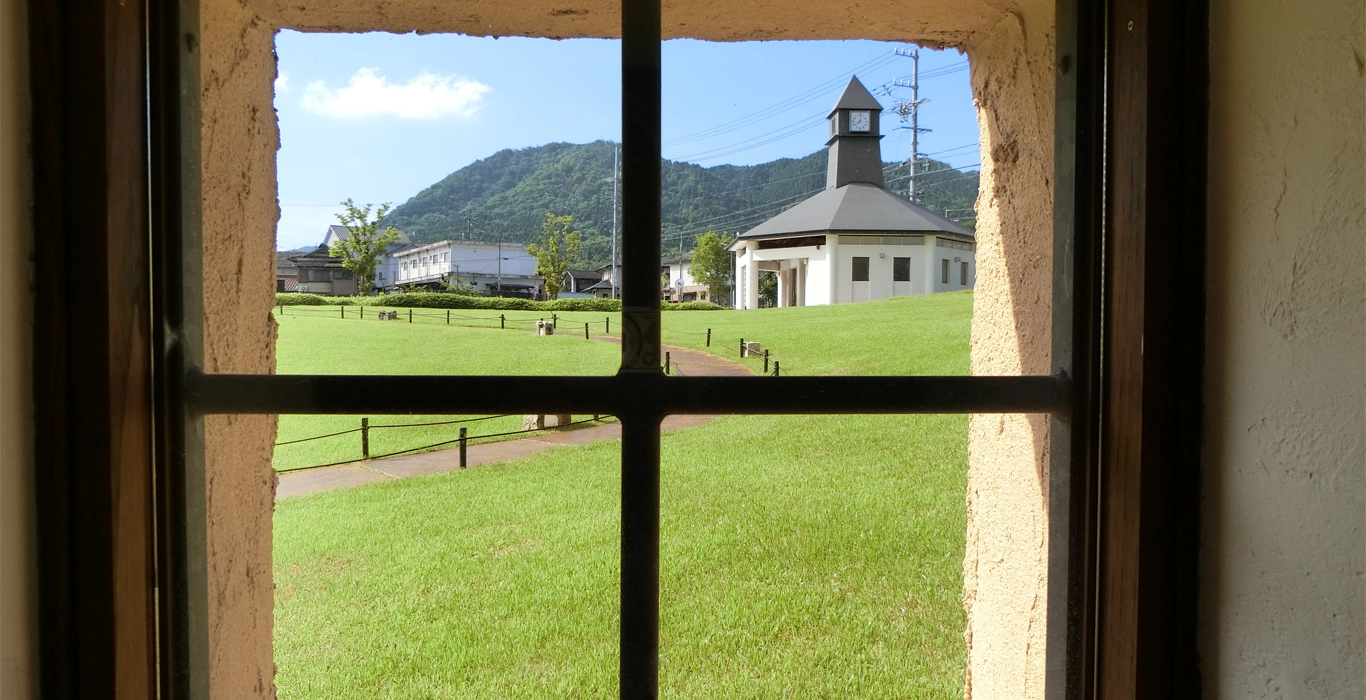
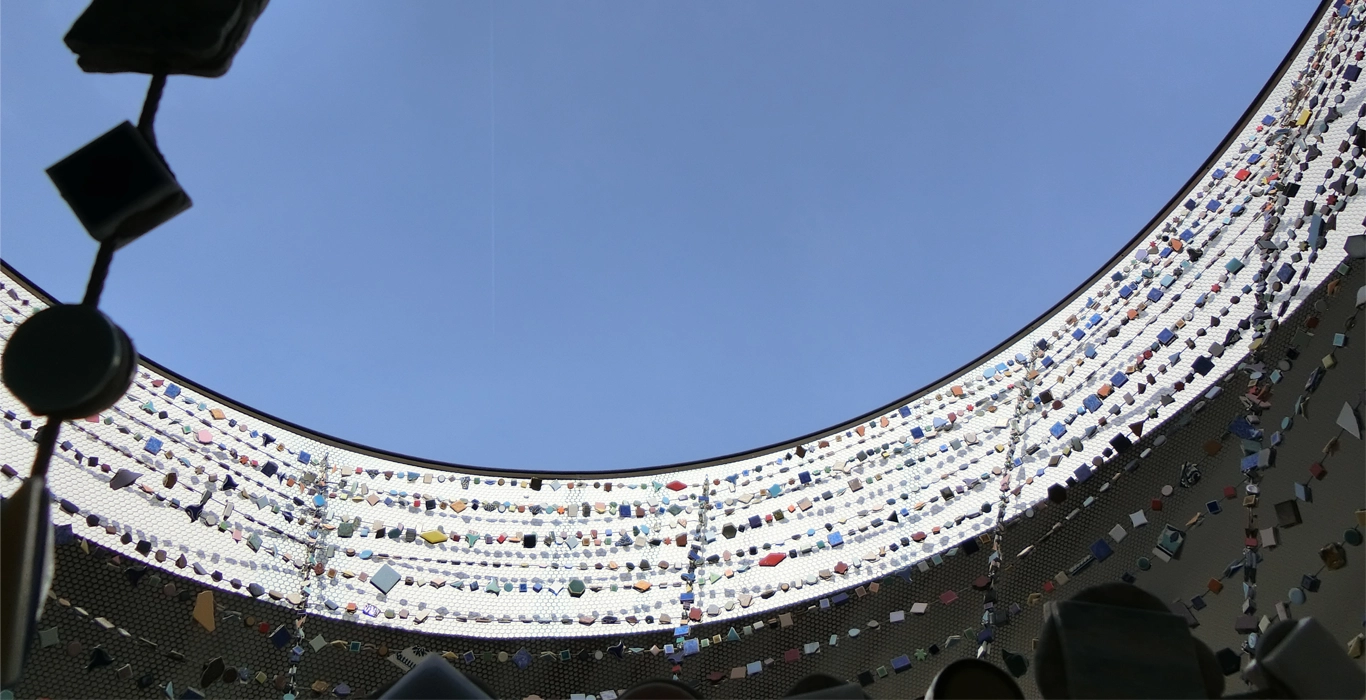
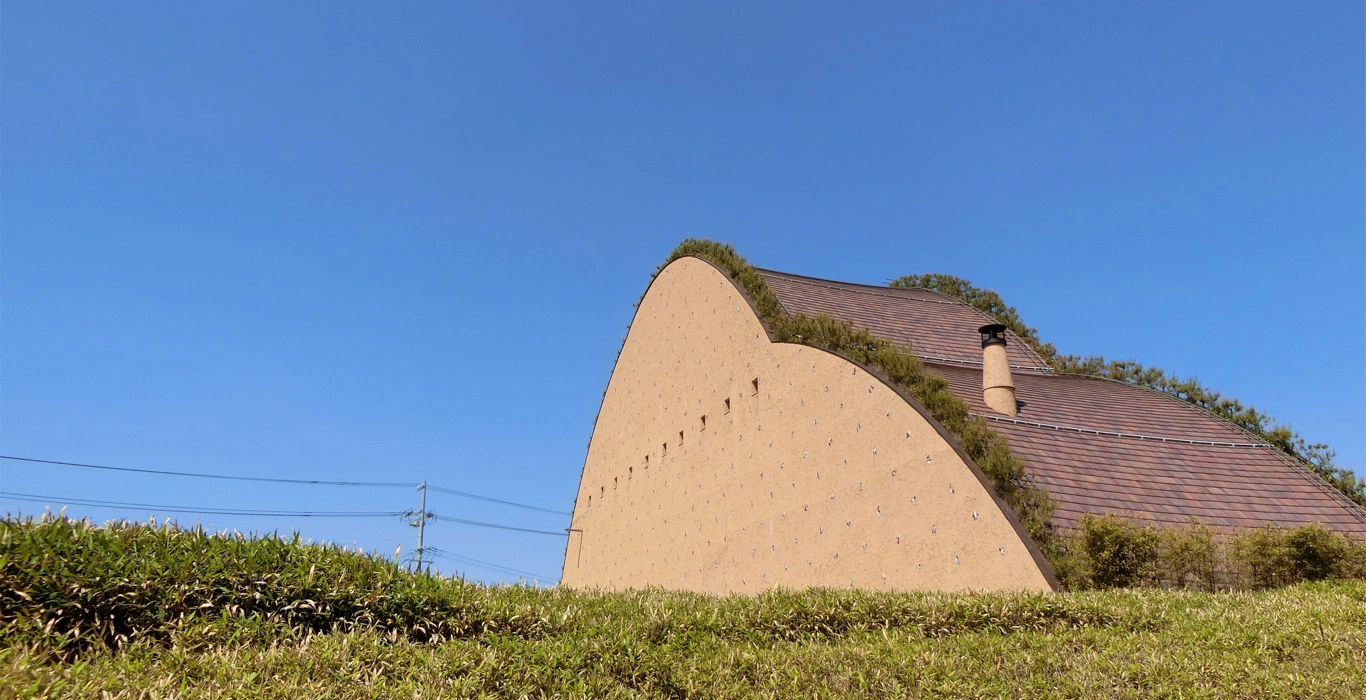
Tajimi Mosaic Tile Museum
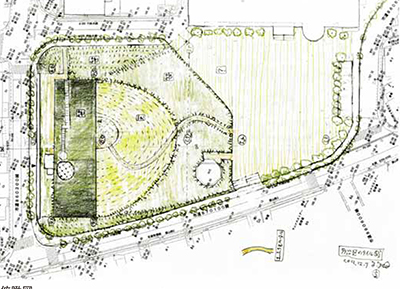
Mosaic Tile Museum, Tajimi is a museum in Kasahara Town, Tajimi City opened in 2016. Following years of preparation led by organizations representing the local mosaic tile industry, which boasts the country’s largest production volume of mosaic tiles, the museum project is at long last beginning to take concrete shape. The following is a brief description of the Mosaic Tile Museum and its expected role. The architect commissioned with designing the museum building is Terunobu Fujimori, internationally acclaimed for his highly original creations informed by architectural history. The building is expected to assume a wonderfully unorthodox external appearance inspired by clay quarries where clay and silica sand are extracted for use in tile production. The museum houses over 10,000 artifacts and other materials. Most have been collected over the years by local volunteers and kept at a facility named "Mosaic Roman-Kan House". The collection includes tile sample books/boards and tile products from the past, such as wash basins, bathtubs, and export goods, as well as tools and utensils formerly in use. In addition to exhibiting objects and materials, the museum hopes to play a unique role in connecting people from diverse backgrounds through the medium of tile, leveraging its location in the heart of one of the country’s foremost tile-producing locales.
Terunobu Fujimori believes that “earth” is the most fundamental material constituting a built structure. Tiles are, of course, among the many building materials made by firing earth. The design for the upcoming Mosaic Tile Museum was inspired by views of quarries for extracting clay, the raw material of tiles. Unlike other ceramic products such as chinaware and porcelain ware, tiles have not always been objects of appraisal and appreciation. By giving the museum building a form that directs fresh attention to earth—the source of tiles—it is hoped that the museum will serve to highlight the infinitely rich variety of products originating from this raw material, and also inspire new possibilities for the use of earth and tiles.
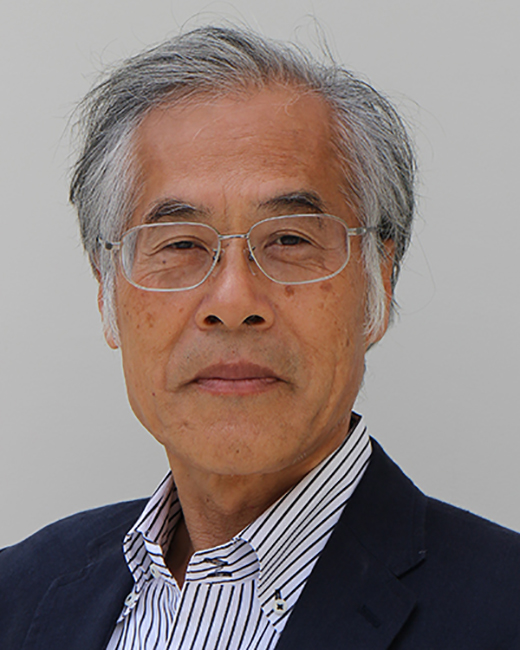
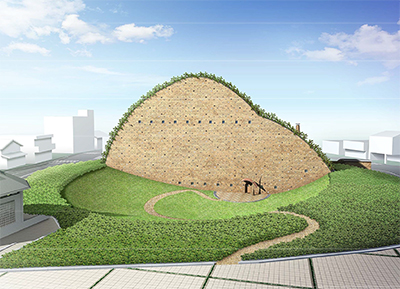
This is an elevation rendering of the Mosaic Tile Museum Tajimi based on architectural plans. The façade is designed to evoke associations with earth, and is embedded with all sorts of tiles. Roof tiles are used on the side elevations, and the contours are defined by a planting of pine trees. The site slopes gently toward the entrance in the manner of an inverted cone, and the museum building is sited so that it appears to rise from the bottom of the pit.
Taking its cue from the architectural design of the Mosaic Tile Museum, the motif, based on a typical clay quarry landscape, is embedded with mosaic tiles. The design highlights tile’s origin in earth, and expresses the diversity of the programs and projects the museum is expected to conduct and take part in.


Except in rare instances where they are used in famous architecture, mosaic tiles are mostly discarded when dilapidated buildings are demolished. At a time when local tile production was starting to decline, and it was felt that the local tile industry needed a way to maintain pride in its manufacturing heritage, a few volunteers set about salvaging tiles from buildings earmarked for demolition, and asking tile factories closing down for product samples. The volunteers fondly recall how their requests were initially met with bewilderment, but their activities have resulted in the preservation of the extremely rare materials forming our enormous collection today. The saved materials are now in storage at the Mosaic Tile Museum Tajimi, which became their new home and gallery.